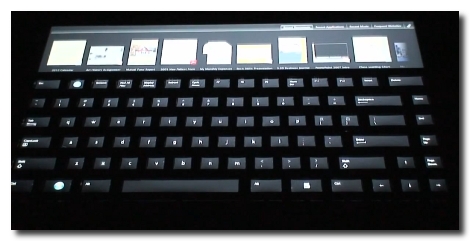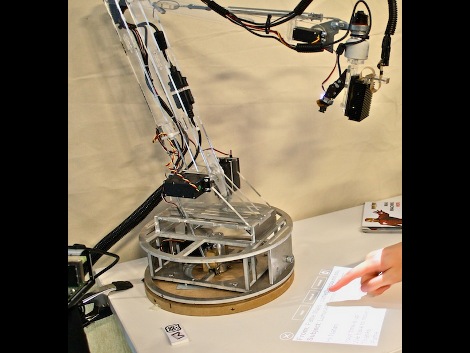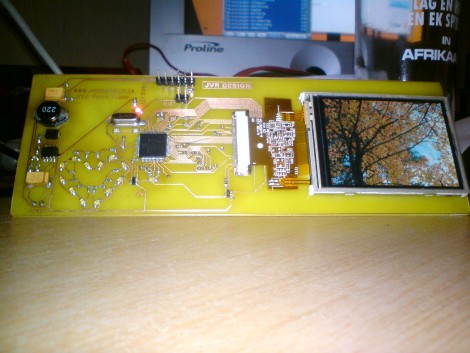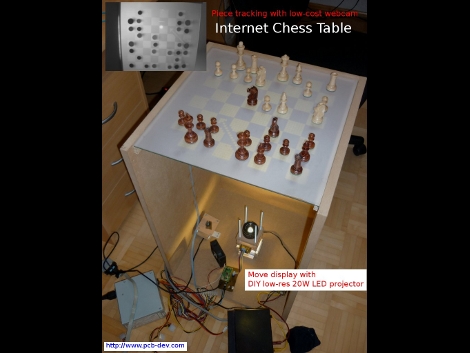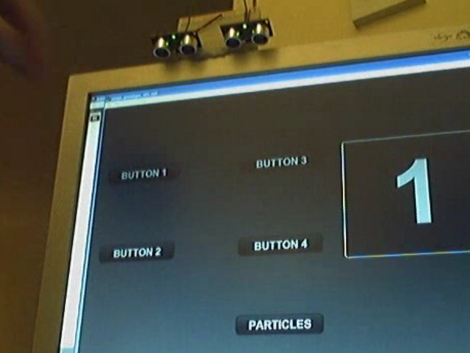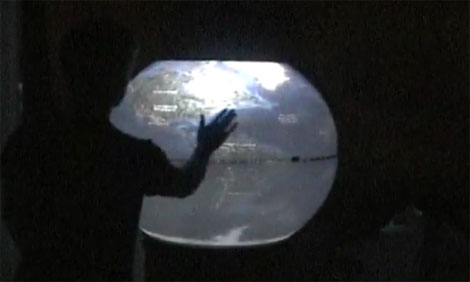
We all love a little bit of multitouch, but we’ve seen so many setups that it is getting a bit less exciting. This one will get your attention with its unique shape. It is a spherical multitouch using all open source software. Well, since the poles are unusable, it might just be toroidal, or cylindrical, but it is still impressive. They are using a convex mirror mounted to the upper most point of the frosted sphere to reflect a projector mounted at the bottom of the base. A web cam pointed at that same mirror picks up reflected IR light from a few emitters. You can catch a video of it after the break.

